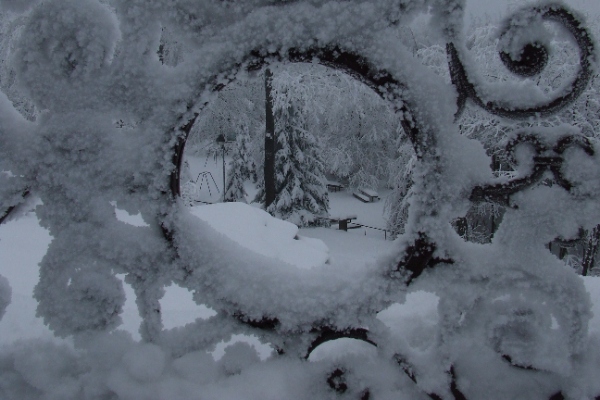
You can enjoy the nature of Aš and the associated walking around the monuments in Aš and the surrounding area not only in summer. We have prepared a few tips for you on where to go in winter as well.
Photography: Jan Heged´
Lookout tower
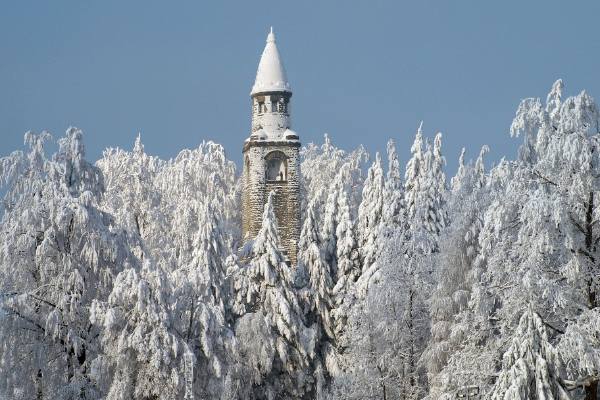
The granite observation tower offers breathtaking views of the surroundings. The city of Aš and the nearby and more distant surroundings can be seen as if in the palm of your hand. View from Háj Hill On the top floor of the Aš observation tower, we can observe the surrounding landscape through eight glazed windows.
Photo: Josef Chrástka
Neuberg Castle Ruins
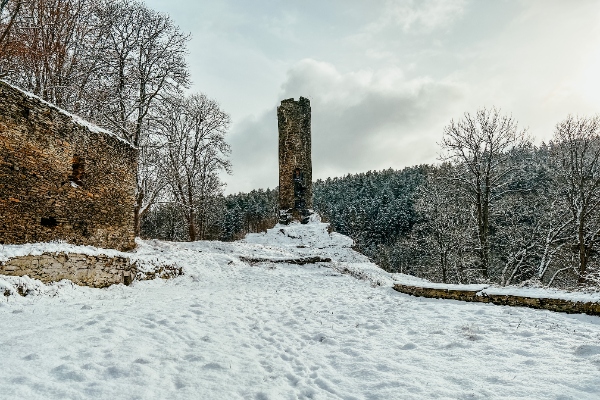
Neuberg Castle was founded by the noble family of Neuberg probably at the beginning of the 13th century. However, the first written mention of it dates back to 1288, when it was acquired by the lords of Plavno from Emperor Rudolf of Habsburg after the death of Albrecht of Neuberg. Only the 22-meter-high tower, standing on a 29.5-meter-high promontory and the perimeter wall of the adjacent castle, has survived to this day. The perimeter of the tower is 19.2 meters.
Photo: IC
Doubrava Paper Mill
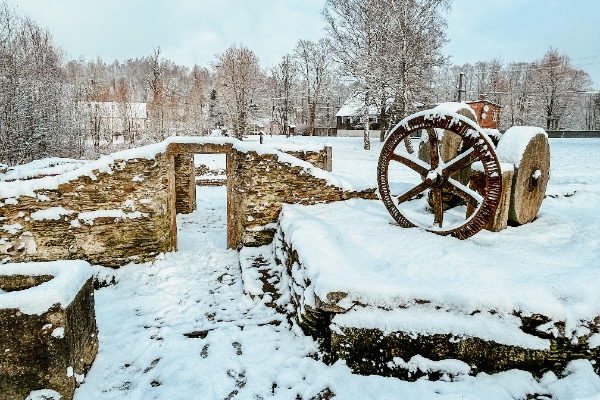
An extraordinary document of papermaking in the Aš region. The history of paper mills in the Aš region dates back to the 16th - 17th centuries. The collection of fragments of the former paper mill consists of the foundations of the paper mill buildings, a water pump, a stone grinding wheel, a stone Dutchman's tank dating back to 1750 and mixing vats for paper pulp. The discovery of this monument took several years, and it was ceremonially opened to the public in 2015.
Photo: IC
Stone Bridge
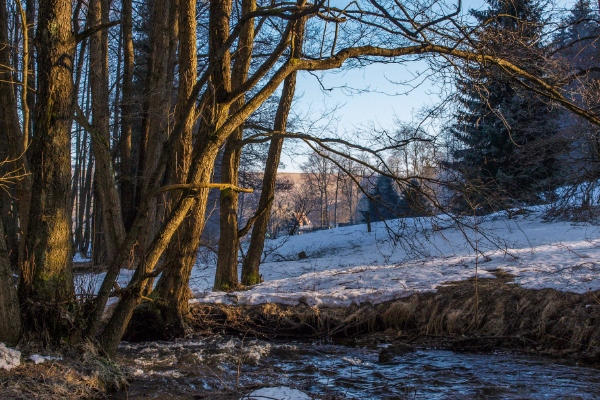
The bridge was built in 1724. In 2024, it will celebrate its 300th anniversary. The bridge, which has been out of service for several decades, once served to bridge the moat between the old and new Protestant cemeteries. After the local Protestant church burned down (1960) and was subsequently demolished and the cemetery closed, the bridge ceased to function (the bridge is located approximately 50 m from the monument to M. Luther). The bridge was built of quarry slate, is 9.75 meters long, 4.6 meters wide. Its single arch has a span of 3.25 meters and a height of 3.2. The total height of the bridge (to the upper edge of the railing) is six and a half meters. The bridge is equipped with a brick railing, the width of the bridge deck itself is 3.5 meters. It underwent reconstruction in 2022. It has been protected as a monument since 1987.
Church of St. Nicholas
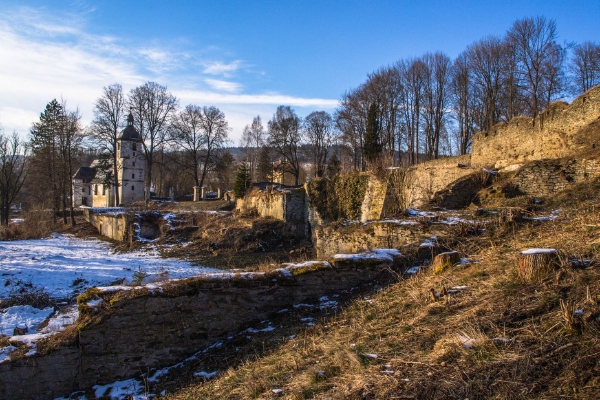
The Roman Catholic church was built near the site of the original late Baroque church from 1780 by the Franciscan Spa builder K. Weidemann in the years 1867 - 1871 as a single-nave building with a transept and a 48-meter-high western tower. A memorial plaque from the original building is set in the north wall.
Photo: Josef Chrástka
Town hall

The Baroque building from 1733, built as the administrative center of the Zedtwitz estate, was destroyed by fire in 1814 and rebuilt in 1815-1816 according to plans by Angelus Pleffer from 1733. In 1885, it was raised by a second floor and rebuilt into a pseudo-Renaissance form. After 1945, the space was occupied by a museum, later by the city library. In 2003, the building was repaired and returned to its original purpose.
Photography: Jan Heged





